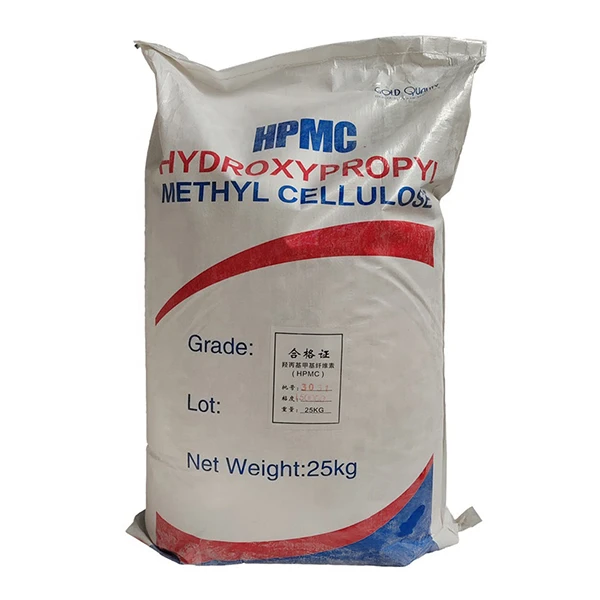Understanding Cellulose Ether Focus on Hydroxyethyl Methylcellulose (HEMC)
Cellulose ethers are a crucial class of cellulose derivatives that have significantly impacted various industries, particularly in construction, pharmaceuticals, food production, and personal care. Among these cellulose ethers, Hydroxyethyl Methylcellulose (HEMC) stands out due to its unique properties and versatility.
What is Hydroxyethyl Methylcellulose (HEMC)?
HEMC is a non-ionic, water-soluble polymer derived from cellulose, a natural polymer obtained from plant cell walls. The modification processes involve the substitution of hydroxyl groups in cellulose with hydroxyethyl and methyl groups. This modification enhances the solubility and functionality of cellulose, making HEMC suitable for a wide range of applications. The molecular structure of HEMC provides it with a unique ability to form gels and films, offering great utility in various formulations.
Properties of HEMC
One of the key properties of HEMC is its high viscosifying ability. When mixed with water, HEMC forms a solution that can vary in viscosity depending on the concentration and molecular weight of the polymer used. This property makes it an ideal additive in products that require thickening agents. Additionally, HEMC is pH-stable, which means it retains its viscosity across a broad range of pH levels, making it useful in various chemical environments.
Another important property of HEMC is its role as a binder. In construction materials such as mortars and tile adhesives, HEMC enhances workability and adhesion. By improving the consistency of the mixture, HEMC helps prevent segregation of solid particles, providing a uniform product that is easier to apply and results in better performance once set.
Moreover, HEMC acts as an excellent water-retaining agent. In the construction industry, for instance, its ability to retain moisture significantly enhances the properties of cement-based materials, allowing for better curing and reducing the risk of cracking and shrinkage.
cellulose ether hemc

Applications of HEMC
HEMC serves a broad spectrum of applications, with prominent uses in construction, pharmaceuticals, food production, and personal care products.
1. Construction Industry HEMC is increasingly used in cement applications, including mortars, plasters, and grouts. It contributes to improved adhesion, modifies the rheological behavior of the mixtures, and ultimately enhances the durability of construction materials. HEMC allows for extended open times, enabling workers to align tiles or other materials more effectively.
2. Pharmaceuticals In pharma, HEMC is utilized as a thickening and stabilizing agent in liquid dosage forms and solutions. It helps in modifying the release profiles of drugs, ensuring that active ingredients are released at the appropriate rates. Furthermore, HEMC’s biocompatibility and non-toxic nature make it an excellent choice for various pharmaceutical applications.
3. Food Industry HEMC acts as a stabilizer and thickener in food products, particularly in sauces and dressings where a desirable consistency is crucial. Additionally, it is often employed in gluten-free baking to mimic the properties of gluten, providing elasticity and improved texture to the final product.
4. Cosmetics and Personal Care In personal care products, HEMC enhances the texture of creams and lotions while providing moisture retention properties. It is largely used in products such as shampoos, conditioners, and gels, where it helps to maintain the desired consistency and stability.
Conclusion
Hydroxyethyl Methylcellulose (HEMC) is a prominent cellulose ether that plays a vital role across various industries. Its unique properties, including viscosity, water retention, and binding capabilities, allow it to serve multiple functions, making it invaluable in construction, pharmaceuticals, food, and personal care products. As we continue to explore sustainable and natural materials, HEMC stands out as a versatile agent, contributing to innovations and advancements in product formulations. Its role in enhancing performance and quality emphasizes the importance of cellulose derivatives in our daily lives.
-
The Application and Significance of Construction RdpNewsMay.19,2025
-
Industrial Grade HpmcNewsMay.19,2025
-
Building Coating Adhesive Building Coating Adhesive HpmcNewsMay.19,2025
-
Application Of Hpmc For Detergent For Detergent In DetergentsNewsMay.19,2025
-
Application Of Hpmc Cellulose In Cement-Based MaterialsNewsMay.19,2025
-
Application Of High Quality Hpmc For Construction In The Field Of ConstructionNewsMay.19,2025




